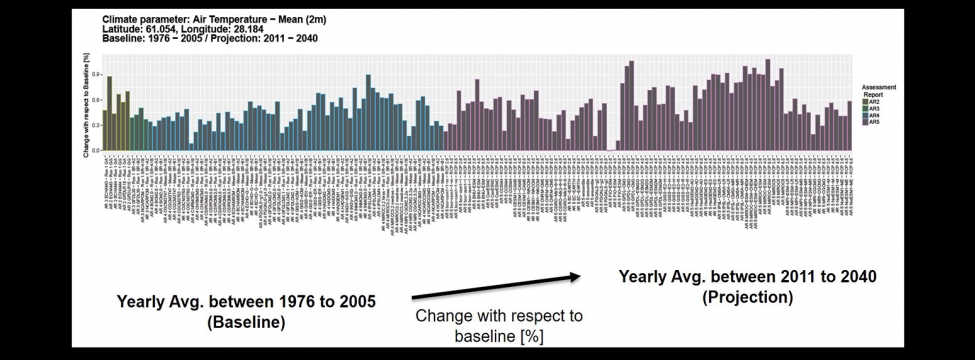To serve you better, our new website displays information specific to your location.
Please visit the site and bookmark it for future use.
Integrating Climate Change into Water Management Design
During the last several decades, global climate change (GCC) has emerged as a key driver of environmental processes. At the same time, statistical analyses within hydrology assumes local climate is constant and can be directly understood from historical records. To meet the challenge of incorporating GCC into predictions of meteorological events and trends, this paper presents a combination of methods that use publicly available historical records to determine meteorological engineering design values under climate change conditions.
Environment Canada (EC) is a hub for GCC data. They provide access to information from Intergovernmental Panel on Climate Change (IPCC) assessment reports (ARs) 1 to 5 which contain a wide range of variables (e.g., precipitation, temperature, and wind speed). A purpose-built script was developed using R statistical computing language. The script compiles all available GCC models from EC that included scenarios from AR1 to AR3 (i.e., A2, B1, A1B, GA, GG) to representative concentration pathways or RCPs (i.e., RCP 2.6, RCP 4.5 and RCP 8.5) from AR4 and AR5. These were selected to show the respective rate of change in multiple climate variables for a given longitude, latitude, and time (up to year 2100).
The available GCC models are weighted equally during statistical evaluation of the cumulative results. Results are then compared to trends in historical data associated with the selected climate change parameter obtained from ERA-Interim reanalysis, which is produced by the European Centre for Medium-Range Weather Forecast and encompasses more than 30 years and the entire planet.
The engineering design value is chosen as the maximum value between the median obtained from the cumulative probability curve that describes the GCC models and related scenarios and the mean of the historical regression trends obtained with a statistical significance higher than 95%. This procedure marries the most conservative result between the GCC and the historical values at the defined geographical place. This overall procedure combines analysis of GCC models and historical data to define appropriate design values.



